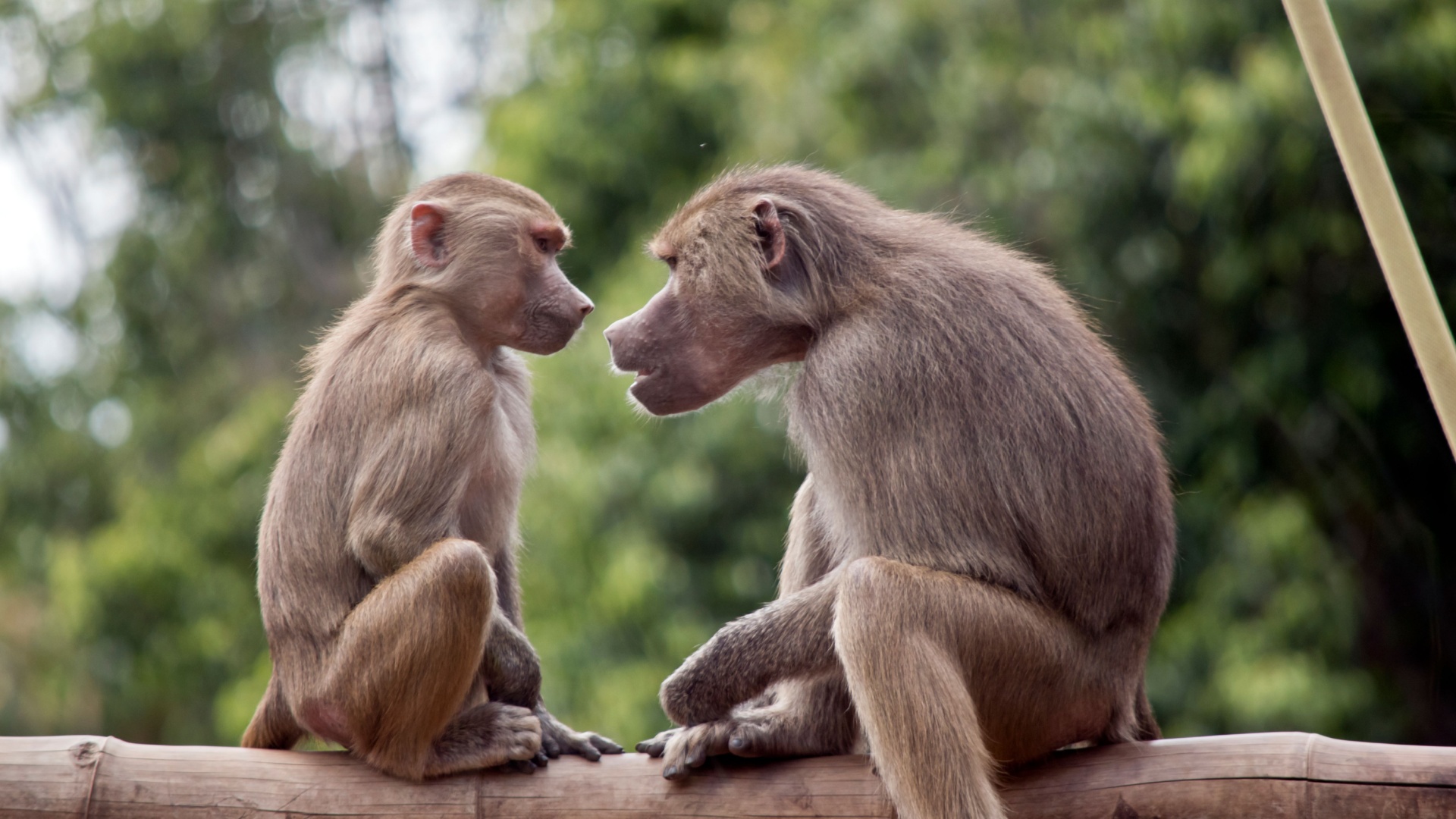Monkeys have captivated human curiosity for centuries with their intelligence, agility, and social behavior. Found in diverse habitats across the globe, these playful primates display an incredible range of skills and traits that make them truly remarkable.
From their problem-solving abilities to their complex communication, monkeys continually surprise us with their similarities to humans.
Read these fascinating facts and discover why monkeys are some of the most intriguing creatures in the animal kingdom!
1. Monkeys Have Unique Fingerprints
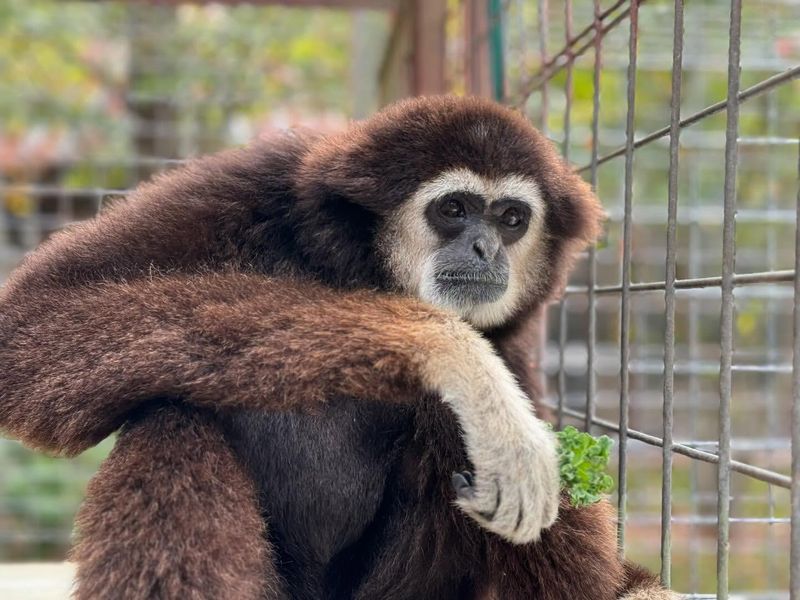
Just like humans, monkeys possess unique fingerprints that can be used to identify individuals. This fascinating feature emphasizes the close genetic link between us and them. Fingerprints are formed during fetal development and are influenced by both genetic and environmental factors.
Each ridge and pattern is unique, not only among humans but also among individual monkeys, making it an essential tool for researchers studying primate populations. The uniqueness of fingerprints helps in tracking individual monkeys in the wild, aiding conservation efforts.
Although the primary function is for grip enhancement, the individuality of fingerprints showcases the complex evolutionary traits shared by primates. This similarity strengthens our understanding of primate evolution, shedding light on the shared ancestry of humans and monkeys.
It is truly remarkable how such a small detail can connect us so profoundly with these intelligent creatures.
2. Monkeys Use Tools
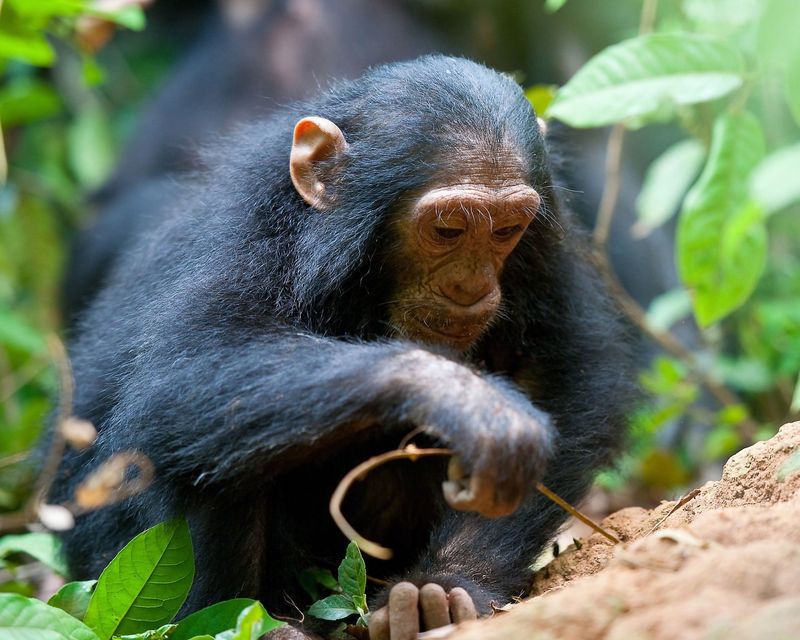
Monkeys are known for their intelligence, and one of the clearest indicators of this is their ability to use tools. In various parts of the world, different species of monkeys have been observed using objects like sticks or stones to aid in their daily activities.
This tool use demonstrates not only problem-solving skills but also the ability to plan and manipulate the environment to achieve a goal. For instance, some monkeys in Africa have been seen using sticks to fish for termites, showcasing their adaptability. The use of tools signifies a higher level of cognitive function, comparable to that of great apes and humans.
This ability is crucial for survival, as it allows monkeys to access food sources otherwise unavailable. Such behaviors offer insights into the evolutionary development of intelligence and adaptability in primates.
3. Social Structures Among Monkeys
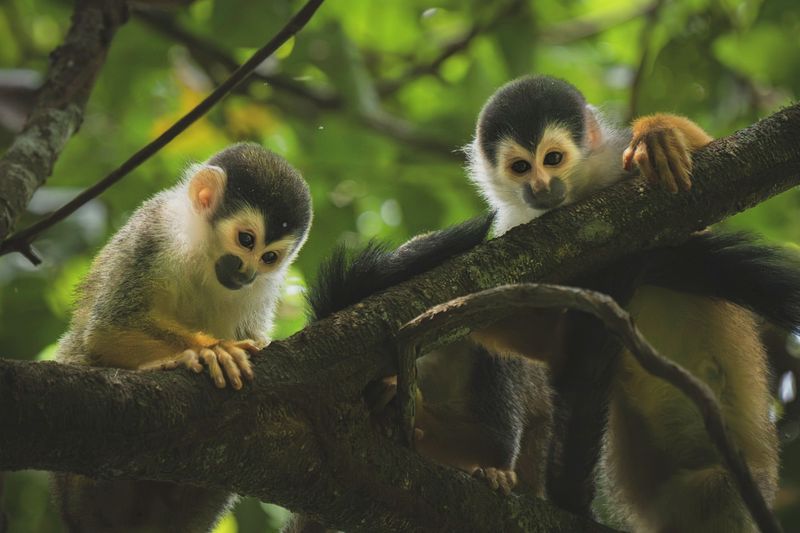
These highly social creatures form intricate social structures that dictate their daily lives. These social systems are vital for survival, providing protection, resource sharing, and learning opportunities within the group.
Different species exhibit varying social structures; some form large troops with strict hierarchies, while others live in smaller family units. Grooming is a crucial social activity that strengthens bonds and helps maintain peace within the group.
Understanding these social structures provides valuable insights into the evolution of social behavior among primates, including humans. The way monkeys communicate, share resources, and collaborate illustrates the importance of social bonds in the natural world.
These complex interactions highlight their intelligence and the essential role of community in survival.
4. The Communication Skills of Monkeys
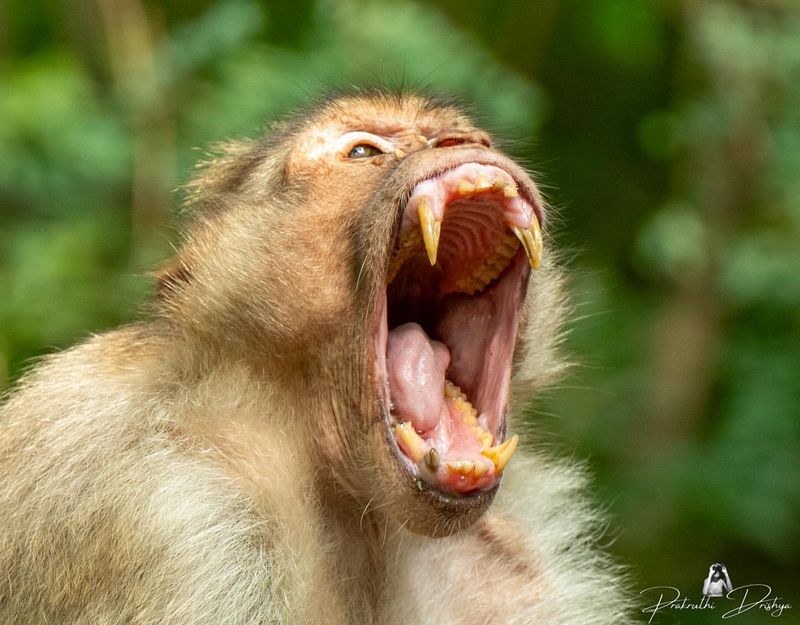
Monkeys possess sophisticated communication skills, using a combination of vocalizations, facial expressions, and body language to convey messages. This complexity allows them to express emotions, alert others of danger, and coordinate activities within their groups. Different species have developed distinct communication methods.
For example, vervet monkeys use specific alarm calls for different predators, demonstrating an impressive understanding of their environment. The study of monkey communication offers insights into the development of language and social interaction in primates.
By analyzing these behaviors, researchers can trace the roots of human communication, providing a broader understanding of our own evolutionary history.
The nuances in monkey communication reflect the depth of their intelligence and social complexity.
5. Monkeys and Their Diets
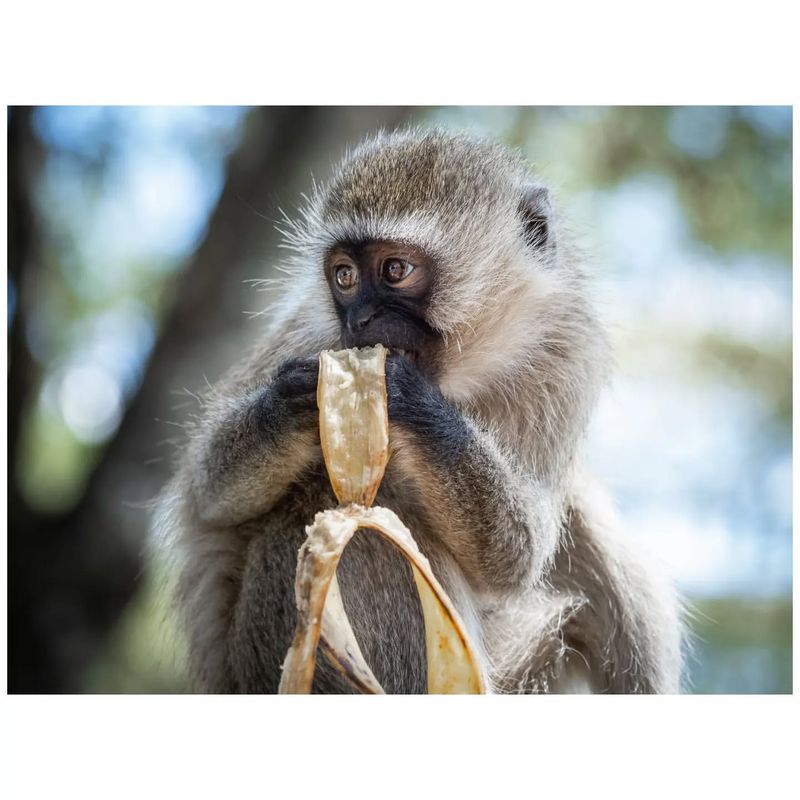
Their diverse diets that varies depending on the species and habitat. Most monkeys are omnivorous, eating a wide range of fruits, leaves, insects, and small animals. This varied diet is essential for meeting their nutritional needs and supports their active, energetic lifestyles.
Some species, like the howler monkey, primarily consume leaves, while others, such as capuchins, are more opportunistic feeders, exploiting numerous food sources. This adaptability in diet reflects their intelligence and ability to thrive in different environments.
Understanding the dietary habits of monkeys helps researchers grasp how these creatures adapt to their ecosystems and compete for resources. Their feeding behavior plays a significant role in seed dispersal, contributing to the health and regeneration of forests.
Monkeys’ dietary diversity is a testament to their adaptability and ecological importance.
6. Monkeys Exhibit Cultural Behaviors
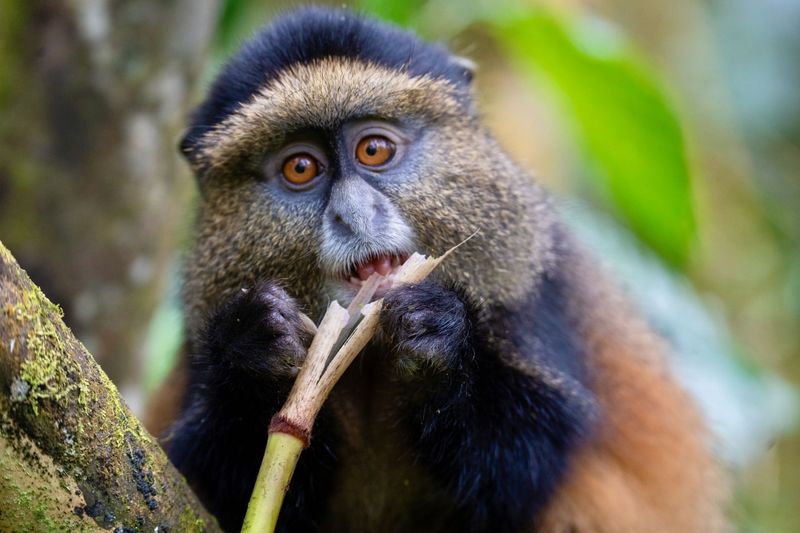
Monkeys are not only intelligent but also exhibit cultural behaviors observed in different groups. Culture among monkeys involves learned behaviors passed from one generation to the next that are not purely instinctual.
For instance, certain Japanese macaque groups have been observed washing sweet potatoes before eating them, a behavior learned and shared among group members. This illustrates the ability of monkeys to learn from peers and adapt behaviors that enhance their lifestyle.
These cultural practices offer a window into the cognitive abilities of monkeys, showing parallels with human societal evolution. By studying these behaviors, researchers gain insights into the mechanisms of learning and cultural transmission in primates, emphasizing their intelligence and adaptability.
Such observations underscore the complex social and cognitive dynamics present in monkey communities.
7. Monkeys and Their Intelligence
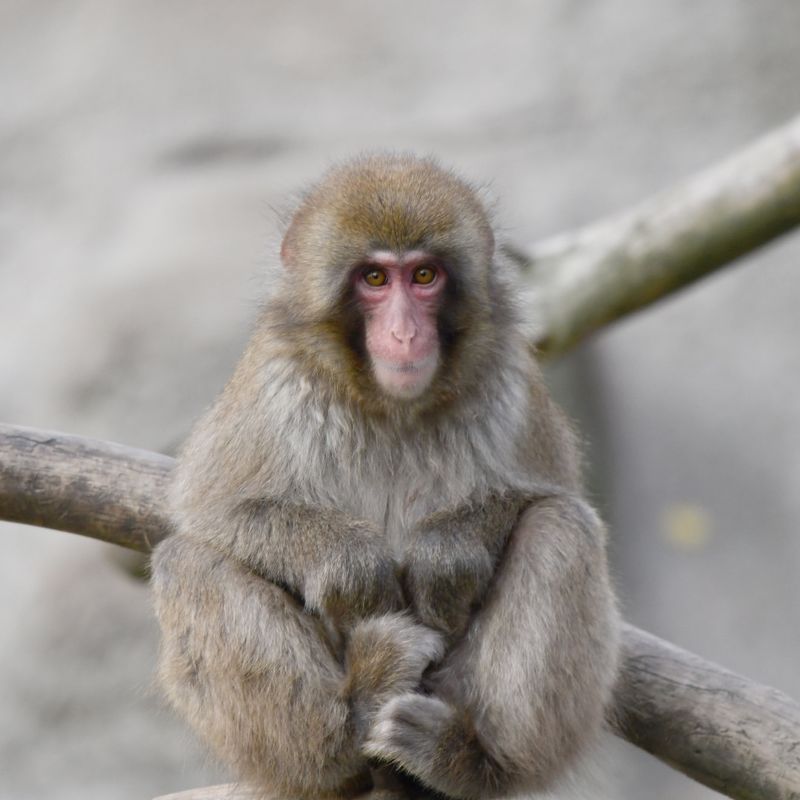
Renowned for their intelligence, monkeys often display impressive problem-solving skills and cognitive abilities. Research in various settings has shown that monkeys can learn, remember, and apply knowledge in complex ways.
For example, experiments have demonstrated that monkeys can understand numerical concepts, use memory to solve puzzles, and even learn sequences of tasks. These cognitive skills are comparable to those of young children in certain aspects.
Such intelligence allows monkeys to adapt to changing environments, utilize tools, and engage in strategic social interactions. Studying their cognitive abilities provides a deeper understanding of the evolutionary roots of intelligence and problem-solving in primates.
Monkeys’ intelligence is a key factor in their survival and success in diverse habitats, reflecting their adaptability and evolutionary success.
8. Monkeys Have a Wide Range
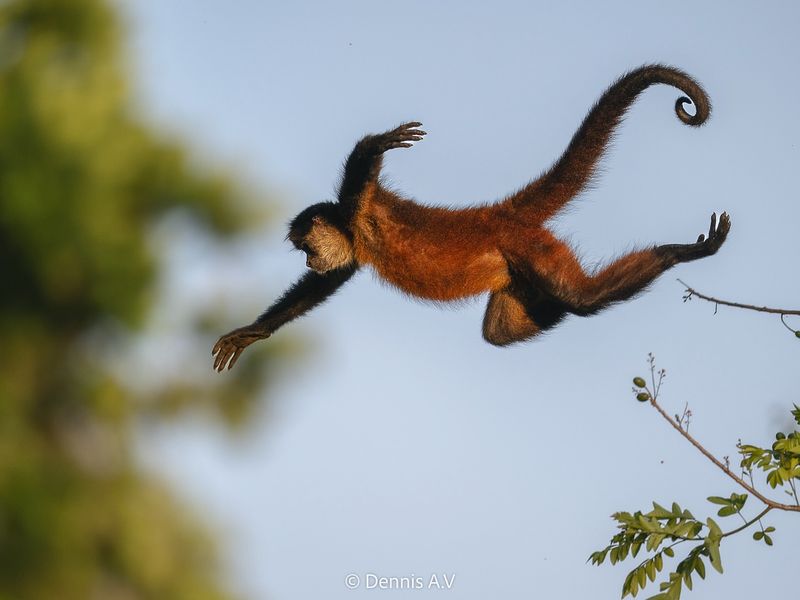
Monkeys are found across various continents, showcasing their adaptability to different environments. From the tropical rainforests of South America to the savannas of Africa and the mountainous regions of Asia, monkeys thrive in diverse habitats. Their wide distribution illustrates their ability to adapt to varying climates, food sources, and ecological challenges.
Different species have evolved unique adaptations that enable them to survive in specific environments, demonstrating the breadth of evolutionary strategies among primates. Understanding the geographical range of monkeys enhances our appreciation of their ecological roles and the challenges they face due to habitat loss and climate change.
Their presence in diverse ecosystems underscores the importance of conservation efforts to protect these fascinating creatures and their habitats. Monkeys’ adaptability across the world is a testament to their resilience and ecological significance.
9. Monkeys and Their Playful Nature
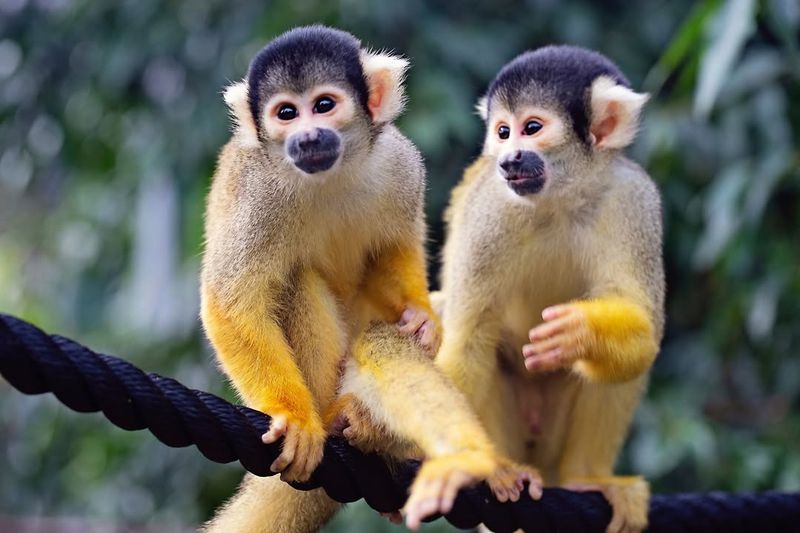
Play is an essential aspect of monkey behavior, particularly among young individuals. This playful nature serves not just for entertainment but plays a crucial role in development and learning. Through play, monkeys develop physical skills, social bonds, and cognitive abilities.
Young monkeys engage in various forms of play, such as chasing, wrestling, and using objects as toys. These activities help them hone motor skills and learn social cues, preparing them for adult life in their social structures. The playful behavior of monkeys offers insights into the importance of play in cognitive and social development.
It highlights the joy and complexity within monkey communities, reflecting their intelligence and adaptability. Observing their play provides valuable lessons in the functions of play in learning and socialization among primates.
10. Monkeys and Their Interaction with Humans
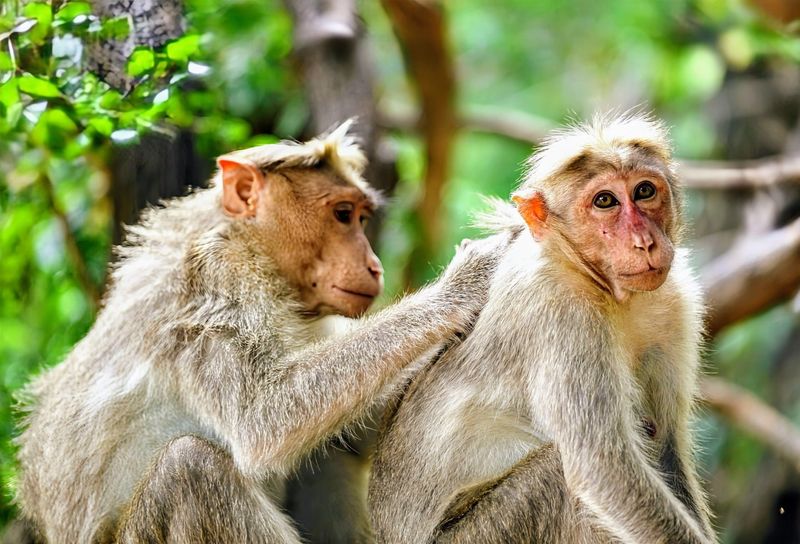
Monkeys have a long history of interaction with humans, ranging from mutual coexistence in certain regions to their roles in scientific research. These interactions have shaped both monkey and human societies in various ways. In some cultures, monkeys are revered and protected, playing significant roles in local traditions and beliefs.
In scientific research, they are invaluable for studying primate behavior and understanding human evolution and health. However, interaction with humans also presents challenges, such as habitat destruction and the pet trade, which threaten monkey populations.
By studying these interactions, we can promote coexistence and conservation. Understanding the complexities of monkey-human interactions offers insights into our shared history and the ethical responsibilities we hold toward these intelligent creatures.
11. Monkeys and Their Role in Ecosystems
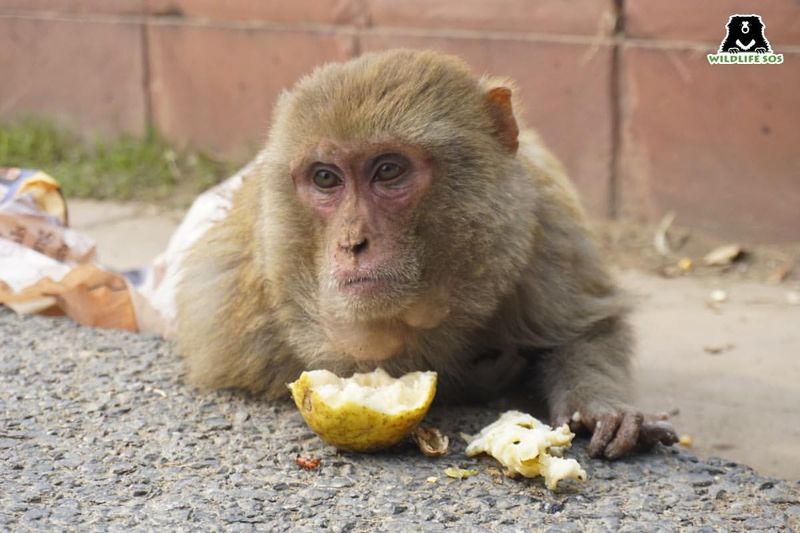
Monkeys play a vital role in their ecosystems, contributing to biodiversity and the balance of their habitats. As both predators and prey, they are integral to the food chain, impacting populations of insects, small animals, and plants.
Their role as seed dispersers is particularly crucial. By consuming fruits and dispersing seeds through their waste, monkeys contribute to forest regeneration and growth, supporting a diverse range of plant species. Understanding the ecological roles of monkeys helps highlight the importance of conserving these creatures and their habitats.
Their interactions within ecosystems illustrate the interconnectedness of species and the delicate balance required for healthy environments.
Monkeys’ ecological contributions underscore their importance in maintaining the biodiversity and health of their habitats.
12. Monkeys and Their Lifespan
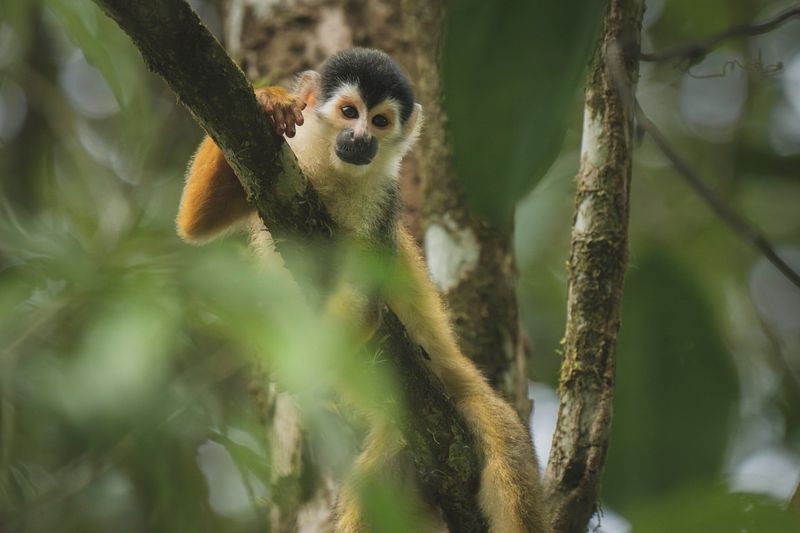
Monkeys have varying lifespans depending on their species, with some living up to 40 years or more in the wild. Understanding their lifespan provides insights into their social structures, reproductive strategies, and survival challenges.
Lifespan is influenced by factors such as habitat, diet, and predation. In stable environments, monkeys can live longer, forming complex social bonds and contributing to group stability. Studying the lifespan of monkeys offers insights into their life history strategies, highlighting the importance of age structures in social and ecological dynamics.
It also emphasizes the impact of environmental pressures and human activities on their survival. Understanding these factors is critical for conservation efforts, ensuring the longevity and health of monkey populations.
13. Monkeys and Their Impact on Science
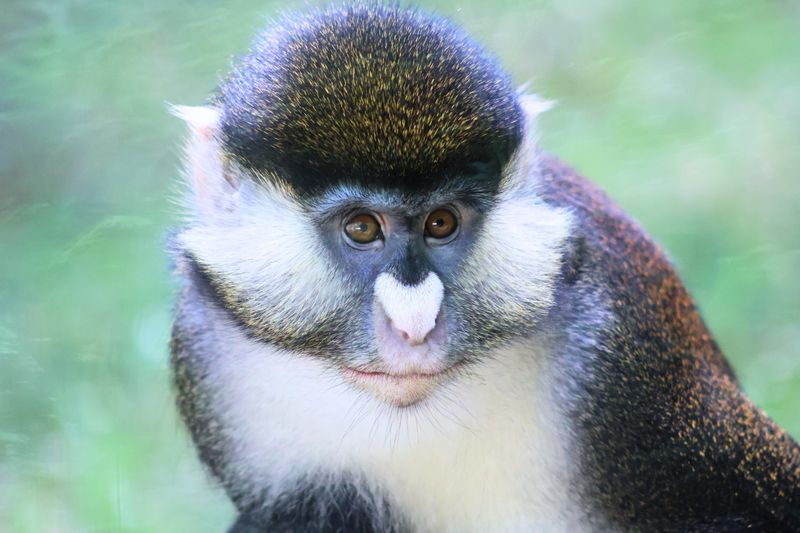
Monkeys have played a significant role in scientific research, contributing to our understanding of genetics, behavior, and medicine. Their genetic similarity to humans makes them valuable models for studying diseases and testing treatments.
Research involving monkeys has led to breakthroughs in neuroscience, psychology, and pharmacology, providing insights into brain function, social behavior, and drug development.
However, the use of monkeys in research raises ethical considerations, emphasizing the need for humane treatment and ethical guidelines. The contributions of monkeys to science underscore their intelligence and the ethical responsibilities involved in using animals for research. Their role in advancing human knowledge highlights the complex relationship between science and ethics.
14. The Diverse Species of Monkeys
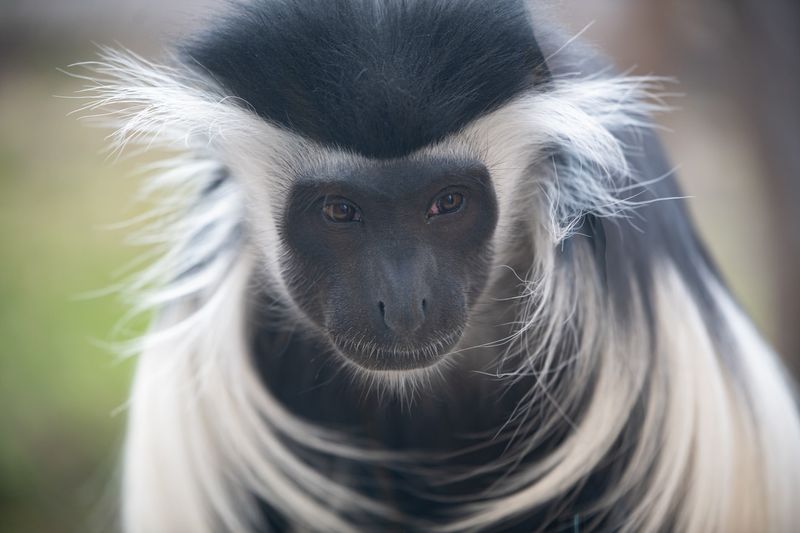
The world of monkeys is incredibly diverse, with over 260 known species inhabiting various regions across the globe. This diversity illustrates the wide range of adaptations and evolutionary paths taken by these fascinating creatures. From the small pygmy marmosets of the Amazon to the robust mandrills of Africa, each species exhibits unique traits and behaviors suited to their environments.
This variety highlights the evolutionary success of monkeys and their ability to thrive in diverse habitats. Exploring the diversity among monkey species enhances our understanding of evolutionary biology and ecology. It underscores the importance of preserving this diversity to maintain ecological balance and resilience.
The rich tapestry of monkey species serves as a testament to their adaptability and the complex dynamics of evolution.
15. Monkeys’ Impact on Tourism
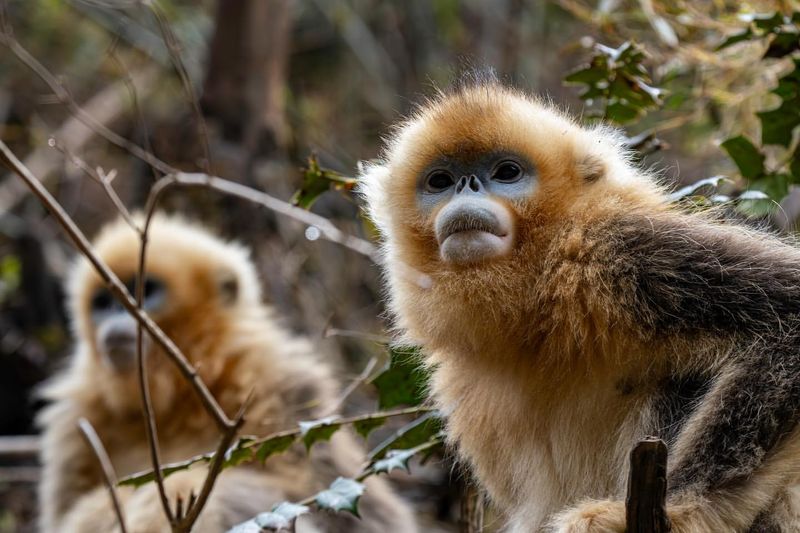
Monkeys have become significant attractions in tourism, drawing visitors to natural parks and reserves worldwide. Their playful antics and social behaviors fascinate tourists, contributing to local economies. Tourism centered around monkeys raises awareness about conservation and the importance of protecting natural habitats.
However, it also presents challenges, such as habitat disturbance and human-wildlife conflicts. Balancing tourism with conservation is crucial to ensuring the well-being of monkey populations. Responsible tourism practices can foster appreciation for these creatures while minimizing negative impacts.
Monkeys’ role in tourism highlights the need for sustainable practices that benefit both wildlife and local communities, promoting coexistence and conservation.

